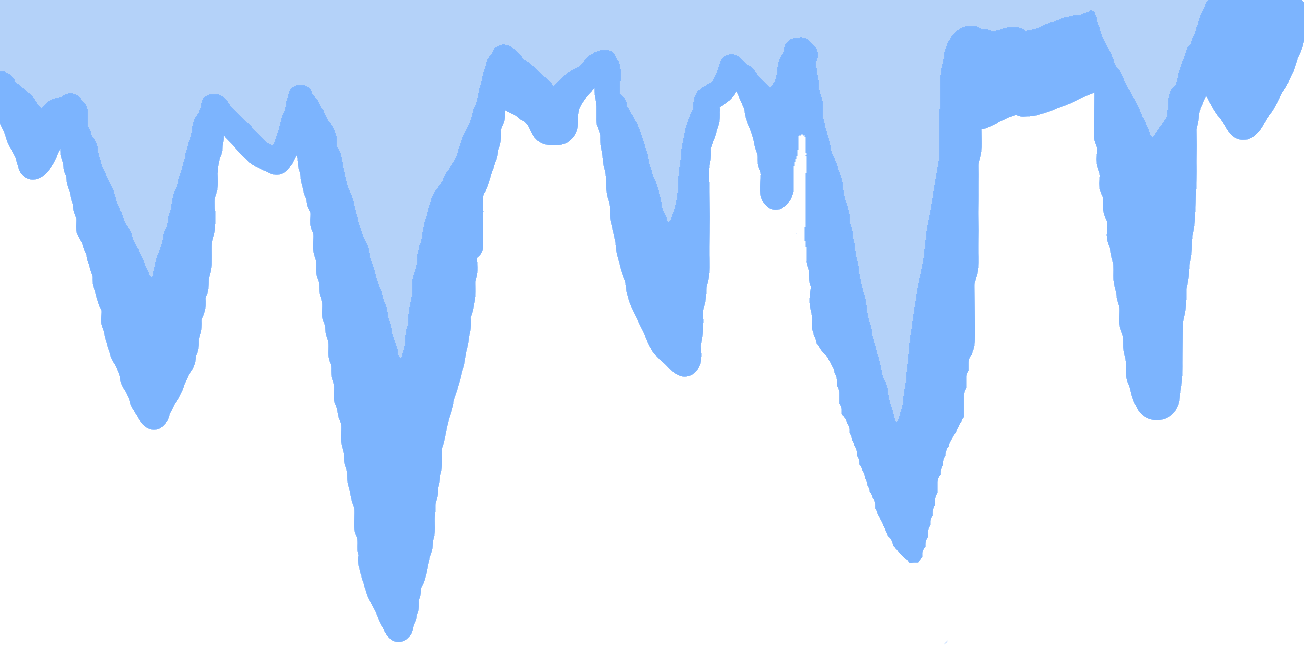
how to increase/decrease buffering capacity
increasing/decreasing concentrations of buffer components, but keeping the ratios constant (if you don't it'll change the buffer capacity for either acid or base respectively)
strong acid-weak base reaction
if weak base is in excess --> a buffer --> Hendeson Hasselbalch equaiton
if strong acid is in excess, the moles of excess acid are used to determine pH
if acid and base are equimolar then the equilibrium concentrations are used to determine pH
strong acid strong base equivalence point
pH + pOH =
14 always!!
straight line up part of graph
#miles of titrant = #moles of analyte
concentration and volume of titrant is then used to determine concentration of analyte
maximum buffering capacity
H2O pH is always...
within 1 pH of its pKa, up or down
1.0 x 10^-14 at 25 C or 298 K
weak acid-strong base reaction
HA(aq) + OH- --> A-(aq) + H2O(L)
if weak acid is in excess --> a buffer --> Hendeson Hasselbalch equaiton
if strong base is in excess, the moles of excess hydroxide ions is used for pH
if acid and base are equimolar then the equilibrium concentr
pH = pKa + log [A-]/[HA] ---> acids
pOH = pKb + log [BH+]/[B] ---> bases
the conjugate salt is on top, and the bottom is either the base or the acid
assume there is a limiting and excess reagent (because it will contain either a strong acid or base)
what is a buffer
solution that is resistant to a small pH change, it has to contain a weak acid or base pared with its conjugate salt(Na+, H3O-, etc...) and it creates neutral compounds, keeping pH relatively stable


